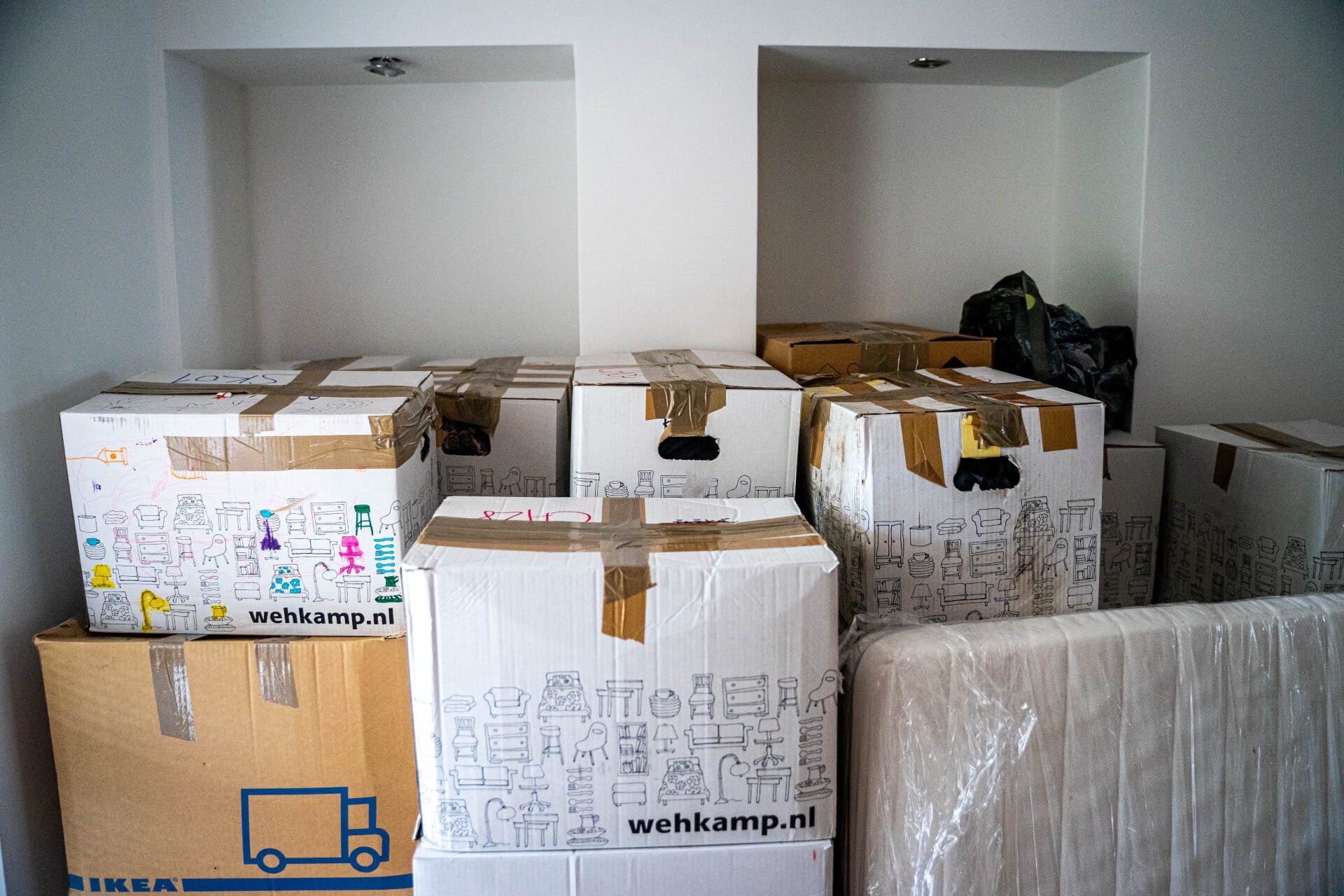When it comes to safeguarding your belongings, finding the right storage units is just the first step. Pest-proofing is crucial, especially when storing appliances and furniture long-term. Pests like rats, moths, cockroaches, and silverfish can cause significant damage, turning a safe space into a harmful one for your items.
Understanding and implementing effective pest proofing methods is essential to protect your valuables and maintain the integrity of your stored goods. In today’s post, we’ll share some simple, practical tips on how to protect items in storage units.
What Attracts Pests to Storage Units?
Pests are drawn to storage areas for various reasons, including shelter, food, and the undisturbed environment they often provide. Recognising the signs of pest infestation is critical. Look out for droppings, nesting materials, and damage to your items. Knowing what attracts pests helps in setting up the first line of defence against them.
How Do I Keep Bugs Out of My Storage Area?
Effective pest proofing starts with preventative measures. Ensuring your storage units are clean and well-maintained is the first step. Avoid storing perishables, as they can attract pests. Using sturdy, sealable containers can prevent pests from getting into your belongings. Also, consider the layout of your unit, as proper organisation can discourage pests from settling in.
The Role of Containers: Should You Use Plastic or Cardboard?
When choosing containers for storage, plastic is often the better option. Unlike cardboard, plastic is more durable and less likely to be breached by pests. It’s an effective barrier against insects and rodents. While mothballs are commonly used, they contain naphthalene which can be harmful to human health, so aren’t always the best choice. Instead, consider safer alternatives like baking soda, cedar blocks or natural repellents.
Protecting Delicate Items – How to Shield Furniture and Appliances
Protecting your belongings, especially delicate items, is crucial. Use heavy-duty plastic covers for furniture and appliances to prevent pest access. This method also guards against dust and moisture, which can lead to mould and mildew. When storing books and paper items, pests like silverfish can be a concern. It’s best to store these types of items in plastic containers to keep them safe and dry.
How do I protect belongings in a storage unit?
Below are a few more handy tips and pest proofing methods:
- Natural Solutions and Non-Chemical Pest Control
When possible, choose natural pest control methods like lavender, peppermint, or tea tree oil, which act as repellents for many pests. (Simply dip some cotton balls in the oil and leave these around the unit.) These provide a safer alternative to chemical treatments and help maintain a clean and non-toxic environment for your stored items, and they smell great too! Baking soda and borax are also good natural options.
- Never Store Perishable Food or Perfumed Items
Pests are often attracted to scents, so avoid storing food or scented items which can attract pests like cockroaches. Clean appliances thoroughly to remove any food residues or smells before storage.
- Use Storage Pallets to Elevate and Protect
Keeping items off the ground on storage pallets can prevent pests from easily accessing your belongings. Pallets also protect against moisture and leaks, further deterring pests.
- Pest Glue – A Sticky Defence!
Applying pest glue around potential entry points and in corners can trap crawling and flying pests, acting as an effective barrier to protect your stored items.
- Deter Pests with Lighting
Keeping your storage unit well-lit can deter pests that prefer dark, undisturbed spaces. Consider installing a motion-sensor light for efficiency.
- Inspect Used Furniture – Pre-Storage Checks
Thoroughly inspect used furniture for signs of pests like droppings or gnaw marks before storage. Treat any infestations to prevent spreading.
- Periodically Rotate Your Belongings
If storing items long-term, rotate them periodically to disrupt potential pest activity and air things out, reducing the risk of infestation.
- Regular Checks and Maintenance
Regular visits to your storage unit are a good idea. They allow you to spot any early signs of infestation and take prompt action. Regular cleaning and reorganising also disturb any potential pests, making your storage less attractive to them.
- Climate Control: Your Ally Against Pests
Climate-controlled storage units maintain a consistent temperature and humidity level, creating an environment less hospitable to pests. By preventing extreme temperature fluctuations and reducing moisture, you not only deter pests but also protect your items from damage due to mould and mildew. Find climate-controlled storage near me.
- Seal Gaps and Cracks to Fortify Your Storage Space
Inspect your storage unit for any gaps or cracks. Sealing these potential entry points is a simple yet effective way to prevent pests from infiltrating your space. Consider using silicone caulk or foam sealants for a tight seal.
- Professional Pest Control
If your items are particularly delicate or valuable, then regular pest inspections by professionals can provide an additional layer of defence. They can identify and address potential issues before they become major problems, ensuring your items remain safe and pest-free over time.
Where can I find safe storage units near me?
A pest-free environment is crucial for the longevity and preservation of your stored items. Big Storage offers storage solutions that prioritise the safety and security of your belongings, ensuring peace of mind. By following the tips we’ve outlined above and making use of our safe, climate-controlled storage units in Stellenbosch, you can protect your treasured items for years to come!


